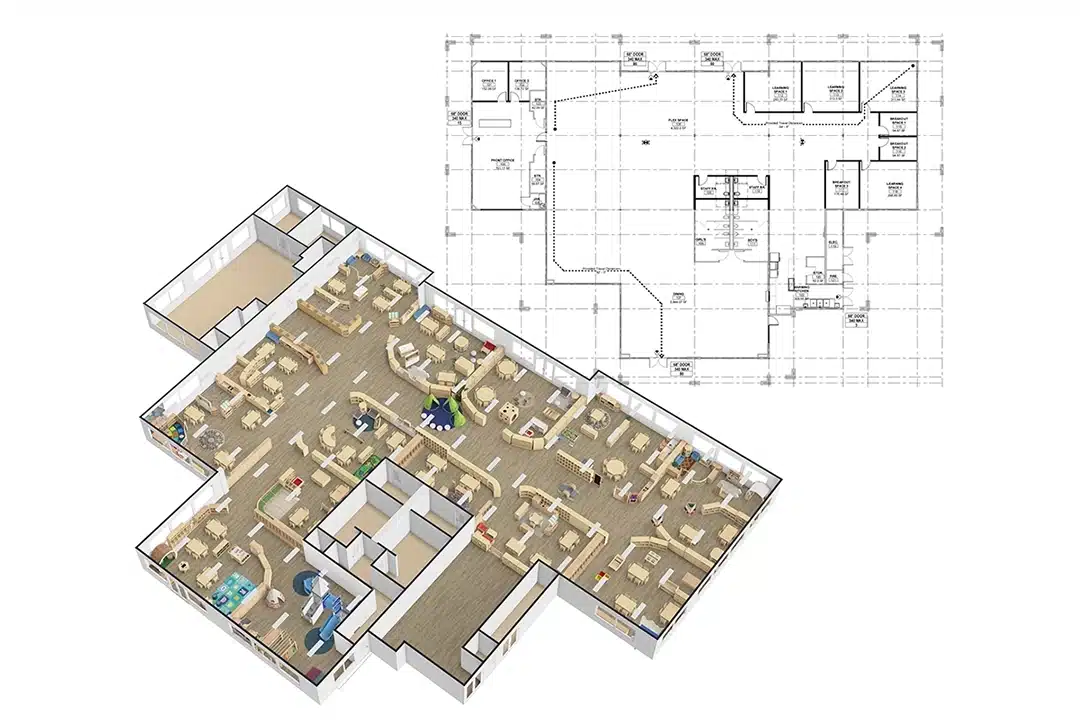
Modular Stages & Risers for School Events and Performances
Our Stages & Risers are designed to support school performances, assemblies, concerts, and special events. Built with durable materials and modular configurations, these platforms provide a safe, stable, and professional presentation area for students and staff. Available in various heights, sizes, and surface finishes, our stage systems are easy to assemble, store, and reconfigure for different event needs.























































